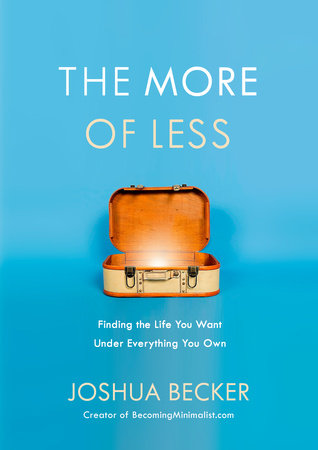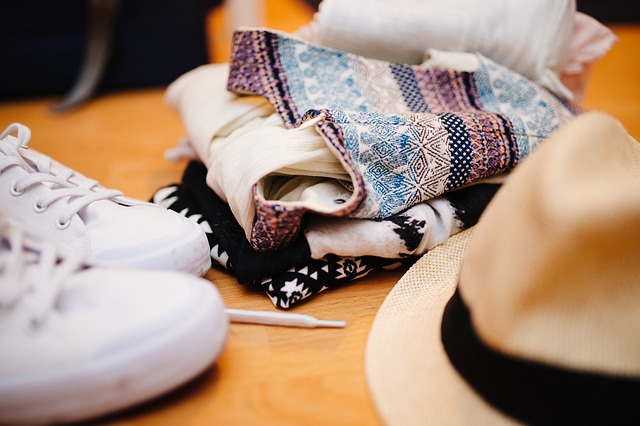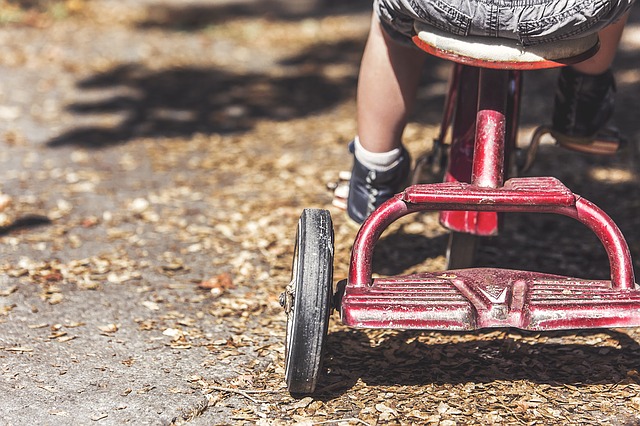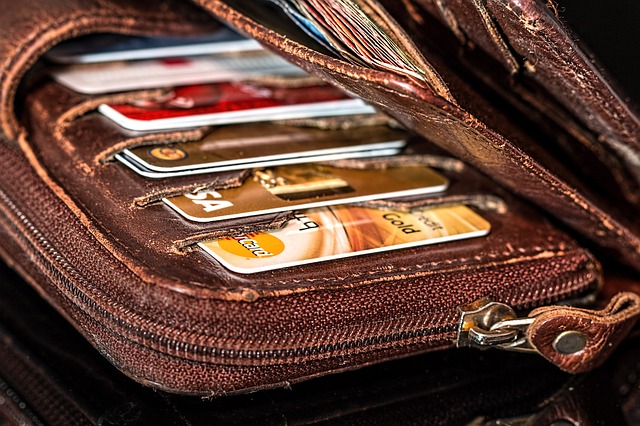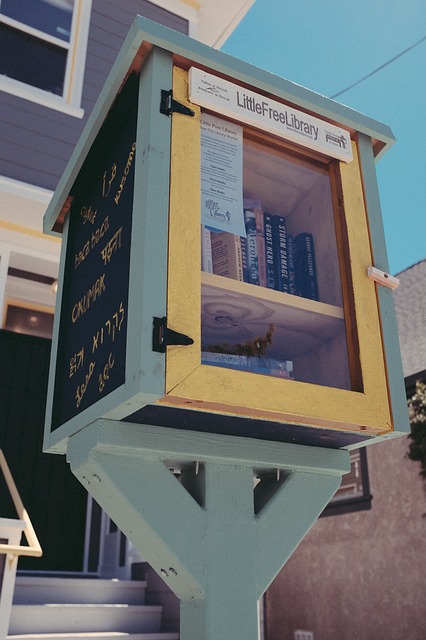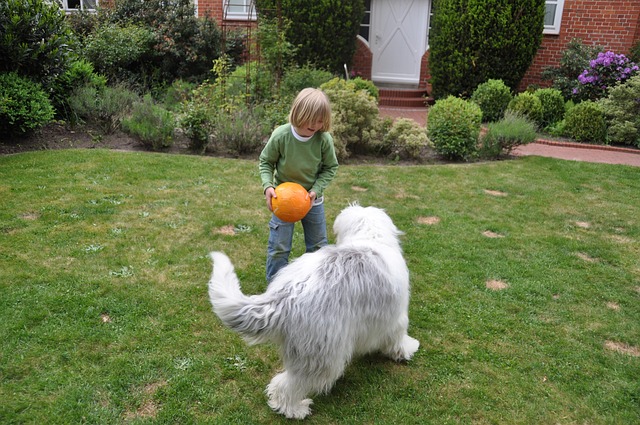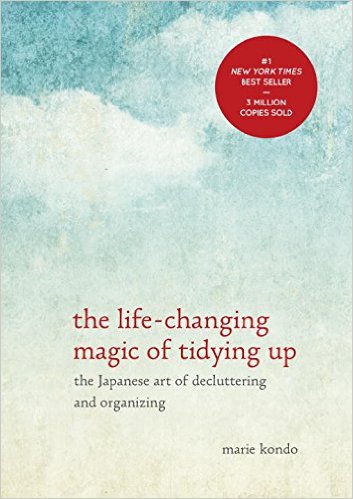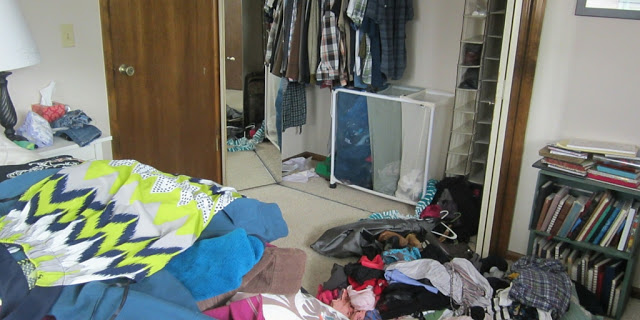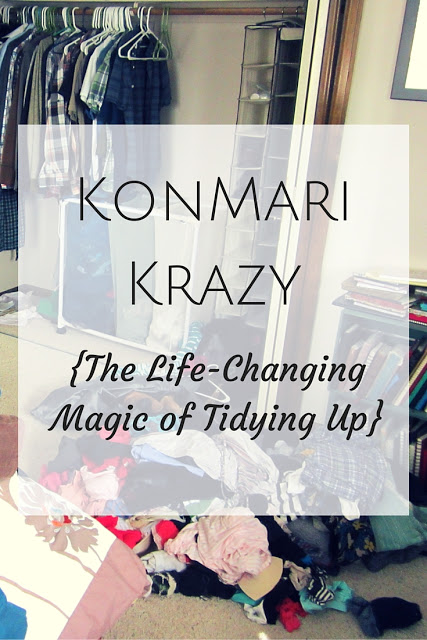Usually the concept of “minimalism” evokes images of eliminating our creature comforts, meditating in bare white rooms or downsizing to a tiny home in Montana. But in The More of Less, author and blogger, Joshua Becker, sets out to convince us of the paradox that living a minimalist lifestyle will not strip away, but actually enhance the life we were meant to live.
This book is a practical how-to book for the minimalist novice looking to explore the benefits of a simpler lifestyle. As I already agreed with Becker’s concepts of minimalism at the outset, I didn’t need a lot of convincing and personally found the first half of the book to be purely common sense. But the second half of the book offered so much practical advice on how to actually incorporate minimalist ideas into the average American’s life that I found it to be a gem in the midst of so many books now available on this current trend.
Becker humbly incorporates the wisdom of other popular minimalist gurus in his discussion and his bibliography offers a wide range of resources for those looking to do a more in depth exploration of minimalism.
Becker’s clear and relatable writing style gives readers the “guy next door” impression that might empower middle class Americans to feel that they, too, might be able to make some simple changes to their life of excess.
While other currently popular books on minimalism focus on decluttering or organizing possessions, Becker makes a wider sweep and considers how being more intentional about the number of our kitchen utensils, clothes or cars also impacts our family, friends, goals and aspirations to make a difference in the world.
Most other resources about minimalism today focus on the individual benefits to self and the ways we will have happier lives as we purge our possessions, but Becker reveals how having more time and money will enable us to help others through volunteering, giving and generally just having more time for people. Becker points out that our choices to intentionally own less will free up our time and finances so that we can be a blessing to others. This—not just personal happiness—is what he describes as the paradox of “the more of less.” He says, “It’s about having a smaller material lifestyle so you can experience a bigger life, full of passion and purpose. Own less to live more” (212).
If you are looking to live a more counter-cultural lifestyle and transition from feeling controlled to being in control of your possessions, finances and time, then this book is for you.
~~~
I received a free copy of this book from Blogging for Books in exchange for writing this honest review.
**This post contains Amazon Affiliate Links
Related Posts:
KonMari Krazy {The Life-Changing Magic of Tidying Up}
21 Ways to Live Counter-Culturally
Last Post: Serving Single in China
Linking up with Literacy Musing Mondays
Enter your email address:
Delivered by FeedBurner

